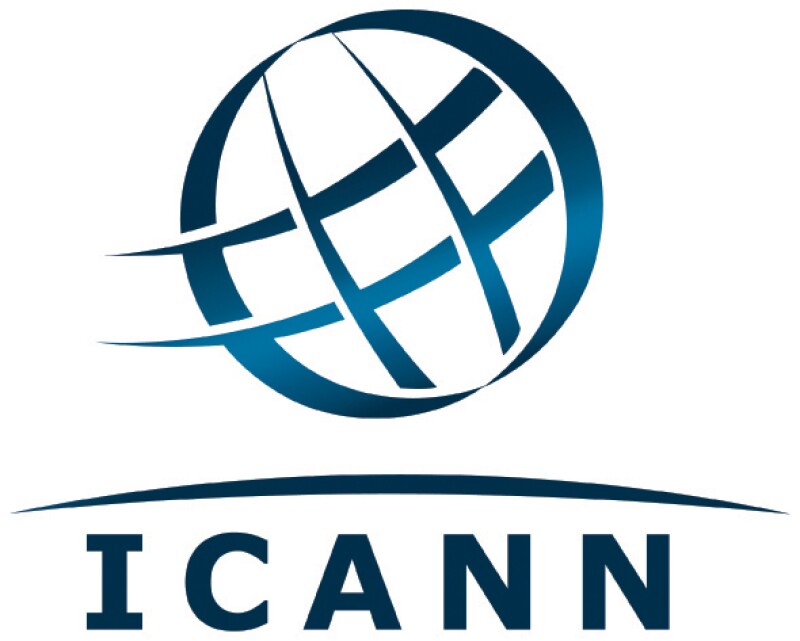Since ICANN announced that it would expand the universe of internet top level domains, many rights holders have expressed scepticism about the programme. Supporters of the new gTLDs highlight the new marketing opportunities, while many brands saw the new top level domains as vectors for trade mark squatters. Still, several prominent brand owners have embraced the new gTLDs, Canon and the Australian Football League being two examples. It is safe to assume, however, that even the IP teams for those two companies are mindful of the challenges posed by the new domains.
An untapped market?

|
Brand owners' response to ICANN's new gTLDs have been mixed |
For rights owners, however, the one especially interesting opportunity is the ability to have non-Latin alphabet domains. While some have openly questioned the value offered by domains like .NINJA and .COOL, a more interesting argument has been that non-English speaking internet users have been underserved, and finally allowing non-Latin alphabet addresses will help to rectify this.
From a brand owners’ perspective, this makes a lot of intuitive sense; despite the proliferation of English, having a Chinese or Arabic domain should help to improve mark engagement by removing the language obstacles standing between the company and these large groups of consumers.
This should be true even where a brand’s English name is in use in a non-English speaking market. In mainland China or even Hong Kong, where English is still an official language, it is not uncommon for consumers to be much more familiar with a Chinese name of an international brand, even if that Chinese name is not officially sanctioned by the company.
Not here yet
However, the data from the Trademark Clearinghouse (TMCH) does not show a lot of interest in what is supposed to be a brave new world of consumer engagement. The TMCH is the service run by Deloitte and IBM which allows brand owners to register their marks in the TMCH’s database. Once verified, the brand owner is entitled to extra protections, such as notification of when another party tries to register its brand as well as priority to obtain a domain name with that mark during a gTLD’s sunrise period.
Presumably, those with brands that they want to protect would register with the TMCH. However, according to the most recent data from the TMCH, a little over 23,000 marks have been registered. Of those, only about 850 use non-Latin alphabet characters. Chinese is by far the most prominent, with 533 registered at the TMCH. This means that, despite the growing importance of Chinese consumers to the world economy, only 2.2% of the marks in the TMCH are in Chinese.
It is unclear at this point why this is the case. Some suggest that it may be a matter of awareness of the TMCH or even the availability of Chinese language domains. According to one source, ICANN believes this may be the issue, and will be launching a Chinese language site for the TMCH in a few weeks at the .在线 (dot online in Chinese) gTLD.
However, there is also the possibility that brand owners are not showing much interest (at this point at least) in the foreign language gTLDs. They may, for example, believe that having an English language web address gives them a strong enough presence. Still, it would reason that even if a brand owner does not plan on aggressively marketing a Chinese or Arabic language domain address, it may still wish to use the TMCH to monitor other addresses using its non-alphabet marks. After all, at this point it is almost rote advice that foreign brands need to be vigilant about protecting their Chinese language brands.
What do you think? Why aren’t there more non-Latin alphabet marks in the TMCH? Are rights holders just not using the Clearinghouse, or is the demand for these new addresses not quite there yet?









